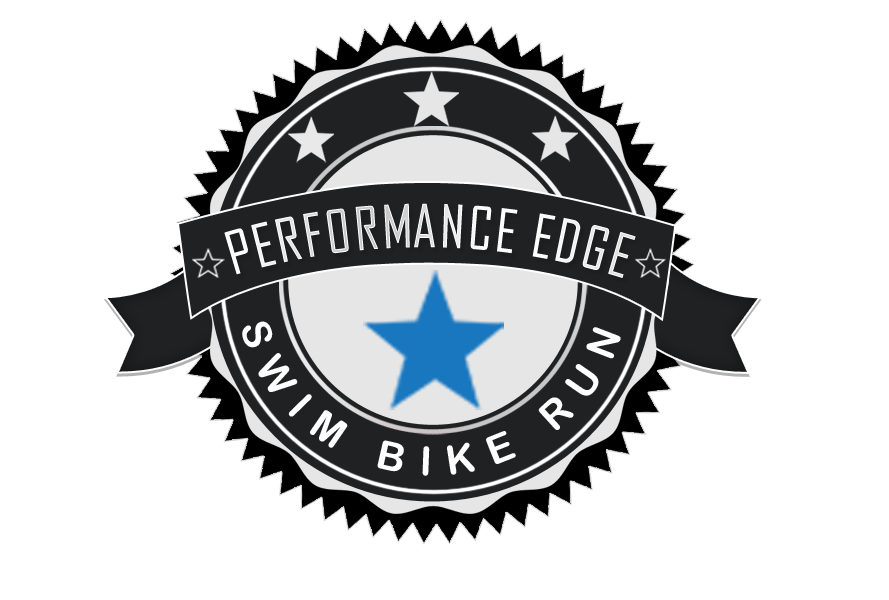Performance in the majority of endurance events is in the main determined by the maximal sustained production of power over the set competition distance. So to achieve a performance of running a sub 40 minute 10k you need not only to be able to be able to run sub 4 minute km pace but you need the trained energy systems in place to maintain that pace and power over 10km. At the end of the day it is the athlete that covers the set distance in the shortest time possible that wins the race. To achieve the best result requires an athlete to be in the best physical condition for the event and indeed many studies conclude that this it is this pure physical conditioning that is of primary importance.
To achieve this level many aerobic endurance athletes look to copy programmes from other successful endurance athletes or to select a generic plan from a magazine. This may actually be successful, if you are lucky and if your strengths and weaknesses exactly match the successful athlete’s programme you are copying. A better strategy would be to have a specifically designed programme constructed that is based on solid training practices and the principles that will bring about success. I further discussed Specificity of Session in this article.
The first part of any plan when it comes to physical conditioning for Endurance Events involves building that very endurance that the athlete needs. This concept has been utilised I suspect by about 95% of the most successful athletes. Working daily with athletes I see the need to emphasise this endurance prior to working the speed endurance but this is not a new phenomenon. Indeed this approach was used by Walter George – who I hear you ask? – well Walter George was the world mile record holder back in 1896, but, as reported by Steve Ovett’s Coach it is an approach that has been used successfully through the agesfrom Sydney Wooderson (world 880 yard and mile record holder in the 1930s) through to Arthur Lydiard’s group in the 60s and 70s and indeed by Ovett himself.
It takes a long time to develop endurance which is why we stress it first and foremost and recommend a long, gradual build up in the first stage or a training plan. It is no good being fast in April or May if you can not hold that pace because you are short of endurance. The first priority in any endurance race is the ability to last the distance at a good pace. By working your endurance you will improve your oxygen uptake and this factor alone will mean you are better equipped to tackle the speed/endurance phase so particularly at this time of year in late January don’t forget that endurance aerobic work.
[1] Astrand, P.O., K. Rodahl, H.A. Dahl and S.B. Stromme. Textbook of Work Physiology 2003.
[2] Wells, C.L., and R.R. Pate. Training for Performance of Prolonged Exercise. In Perspectives in Exercise Science and Sports Medicine. 1995

